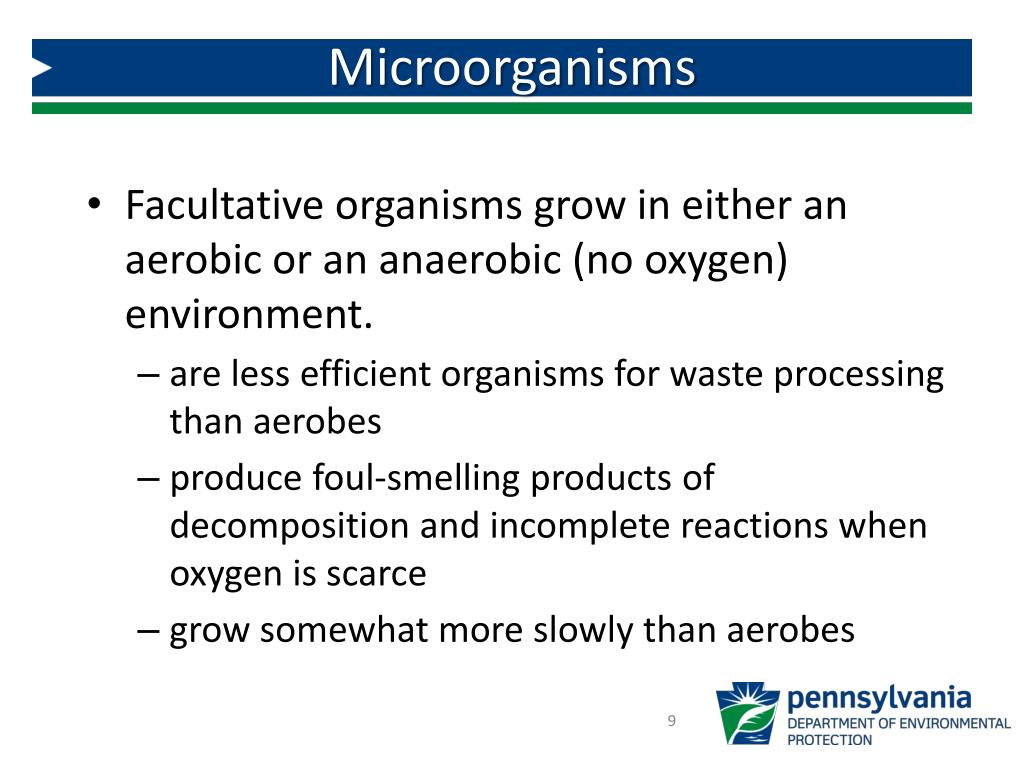

Similarly, higher rates of removal have been reported for Giardia cysts (> 97%) than for cysts of Entamoeba histolytica (< 85%) or Cryptosporidium oocysts (around 80%) ( Panicker and Krishnamoorthi, 1978b Feachem et al., 1983 Madore et al., 1987 Casson et al., 1990 Mayer and Palmer, 1996).Įfficacy of removal reported may depend on whether effluents were sampled after aeration and sludge separation or after secondary sedimentation following activated sludge treatment. (1956) reported greater removal of Ascaris and Trichuris (96-97%) than for hookworm (88%). Performance of activated sludge systems in removing parasites varies with parasite species. Typical retention times are 5-14 hours in conventional units rising to 24-72 in low rate systems ( Gray, 1999). Diffused or mechanical aeration maintains the aerobic environment in the reactor. As a suspended-growth biological treatment process, activated sludge utilizes a dense microbial culture in suspension to biodegrade organic material under aerobic conditions and form a biological floc for solid separation in the settling units. The activated sludge process is one of the most commonly used for secondary wastewater treatment. Rebecca Stott, in Handbook of Water and Wastewater Microbiology, 2003 2.6.1.1 Activated sludge.


 0 kommentar(er)
0 kommentar(er)
